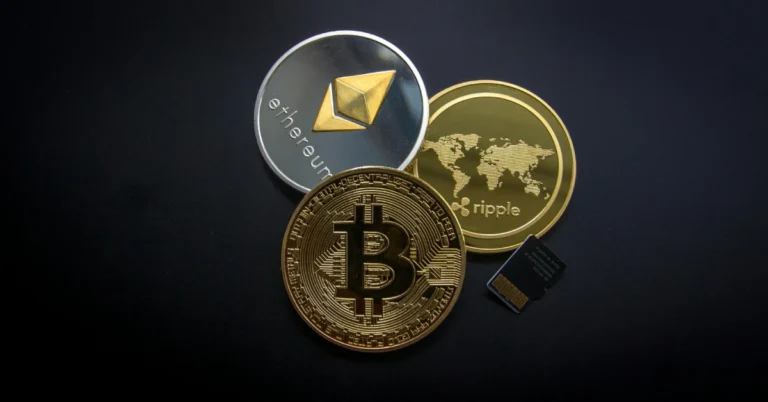As cryptocurrency continues to move from the margins into everyday use, enabling payments, transfers, and digital ownership, more people are beginning to interact with it directly. But while access to crypto has become easier, understanding how it works remains essential.
For those new to the space, it’s not about becoming a developer or blockchain expert. It’s about knowing enough to use crypto confidently, correctly, and securely. Bintense team breaks down the core knowledge areas every new user should understand before sending or receiving digital assets.
What a Blockchain Does
At the core of every cryptocurrency is a blockchain — a distributed ledger that records transactions across a network. It’s not just a buzzword; it determines how data is validated, stored, and protected.
Understanding how a blockchain confirms a transaction, what a block contains, and why decentralization is necessary can help users grasp why cryptocurrency is considered tamper-resistant and how it differs from traditional databases.
Wallets: Types, Functions, and Responsibilities
A crypto wallet doesn’t “store” coins in the way a bank account holds money. Instead, it manages the private keys that allow users to authorize transactions on the blockchain.
New users should understand the distinction between custodial and non-custodial wallets, how backup phrases (also known as seed phrases) function, and why private key management is a non-negotiable aspect of cryptocurrency security. Understanding wallets also reduces the risk of loss or unauthorized access.
How Transactions Work
Crypto transactions aren’t instant messages. They are verified, broadcast to a network, included in blocks, and confirmed over time. The same happens when you buy or sell crypto at Bintense.
Users should understand what happens between initiating a transfer and final confirmation, what a transaction fee is, why network congestion matters, and how to interpret transaction statuses on a block explorer.
This basic fluency prevents confusion and helps identify problems early, like stuck transactions or unusually high fees.
Basic On-Chain Safety and Fraud Awareness
Cryptocurrency is irreversible — once sent, it cannot be recovered without the recipient’s cooperation. That’s why understanding common scam methods and red flags is a vital part of crypto literacy.
Basic knowledge of:
- How to verify wallet addresses
- What fake support scams look like
- Why no legitimate service will ask for your private key or seed phrase
- How to confirm that a platform or tool is official
…can help users avoid some of the most common fraud scenarios in crypto.
The Role of Exchanges and Conversion Tools
To use crypto in real-world scenarios — from cross-border payments to digital purchases — users often need to convert it to or from national currencies. This is where exchanges play a critical role.
Understanding the difference between centralized and decentralized exchanges, how KYC (Know Your Customer) processes work, and how conversions are processed prepares users to navigate platforms with clarity, avoiding unnecessary delays or missteps.
Why This Knowledge Matters
Possessing this foundational understanding helps new users:
- Use digital assets with confidence rather than confusion
- Identify risks early and avoid common mistakes or scams
- Communicate clearly when seeking help or reporting issues
- Explore more use cases — such as digital payments, utility tokens, or collateral-based services — with context and clarity
In short, learning these basics doesn’t just make crypto usable — it makes it meaningful.
Learning Crypto at Your Own Pace
At Bintense, we believe that usability and understanding go hand in hand. That’s why our platform isn’t just a conversion tool — it’s also a resource hub.
Our blog features straightforward articles that explain key concepts, such as blockchain, wallets, and transaction mechanics, in plain terms — no prior background required.
Because using crypto shouldn’t be intimidating.
It should be clear, safe, and accessible — one concept at a time.
This article and its content have been produced and disseminated to persons outside the United Kingdom. The information provided is not directed at or intended for distribution to, or use by, any person or entity located within the UK. The financial products and services mentioned in this article are not eligible for the UK. Cryptoassets are classified as Restricted Mass Market Investments in the UK, meaning they are high-risk investments unsuitable for most retail investors.

